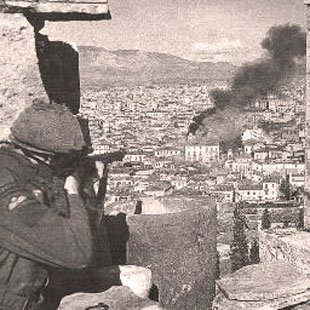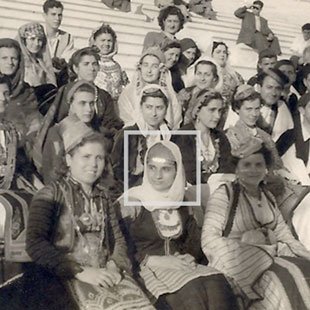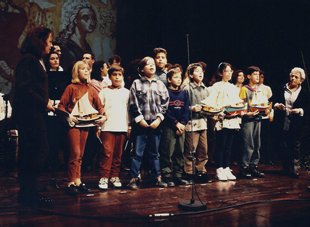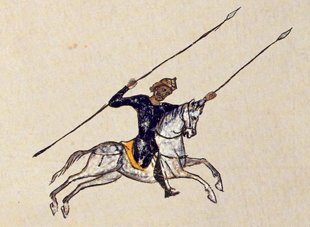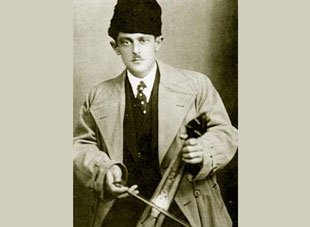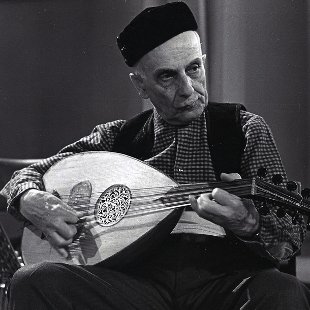You are at: Home page Her Work List of Songs Tsamikos
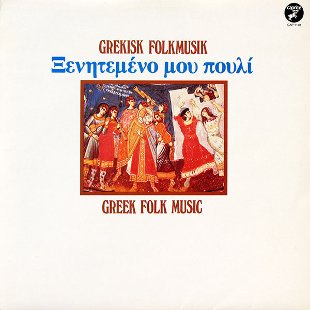
Tsamikos

Τσάμικος
Listen
Information
- Region: Central Greece
- Type: Instrumental
- Rhythm: 3 beats
- Dance style: Tsamikos
- Duration: 03:26
Collaborators
- Pipiza: Petros Athanasopoulos-Kalyvas
- Daouli (davul): Domna Samiou
Albums
Notes
Of all the traditional Greek dances, the tsámikos definitely has the most powerful national connotations. Although considered a panhellenic dance - indeed, the Greek dance par excellence it is actually only encountered in mainland Greece in an area, spreading outwards from the Pindos mountain range, which extends as far south as the Peloponnese. Its name is probably linked to the Cham Albanian inhabitants of Tsamouria in Thesprotia, Epirus, while the dance’s association with the mountains of Central Grecce throws light on its link to the klephts1 and the struggle for national independence after 1821.
It is danced in a circle, formerly only by men with personal dance expression capabilities and is noteworthy for the impressive figures of the skilled first dancer. Depending on the area, the tsámikos can have 8,12,14 or 16 steps, in 3/4 or 6/8 rhythm. It can be danced quickly or very slowly and solemnly indeed, depending on the meaning and the story of the song as well as on the interaction between the first dancer and the musicians.
The instruments heard here are the zournás (shawm) and the daoúli (See song When I was a lad). The zournás (also known as pípiza or karamoútza) is a descendant of the ancient avlos, it belongs to the oboe family, has a double reed, and produces a sharp, piercing sound. It is hand-crafted by the player and can range in length from 20 to 60 cm, with the shortest zournádes coming from Western Greece and the longest from Macedonia. The typical zygiá, the traditional basic combination of instruments in mainland Greece, consists of two zournádes - one for the melody, the other for the drone - and a daoúli. This band is well suited for outdoor playing.
Miranda Terzopoulou (2018)
1The klephts were guerrilla bandits and freedom fighters who chose to live free in the mountains rather than submit to the Ottoman rule.
Recording information
Studio recording, 1979.
